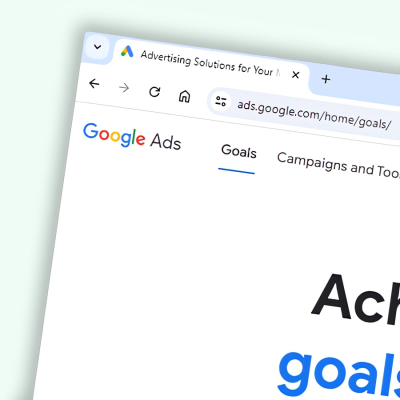Pay-per-click, or PPC advertising, is a type of online advertising where advertisers pay a fee each time one of their ads is clicked by a user. It’s a way to buy website visits rather than earning them organically through search engine optimisation (SEO) or other methods. As part of our Google Ads series, we’ve put together a short explainer of how PPC works within Google Ads.
Ad Placement
Creating ads and selecting keywords or phrases related to their products, services, or content. The chosen keywords are used to determine when and where these ads will appear.
Keyword Bidding
Setting a maximum bid for each keyword. This bid represents the highest amount they are willing to pay when a user clicks on their ad after searching for a specific keyword. The bidding process is competitive, and higher bids can lead to better ad placement in search results.
Ad Auction
When a user performs a Google search using one of the selected keywords, Google runs an ad auction. This auction determines which ads are displayed on the search results page.
Ad Ranking
The ad auction takes into account several factors, including the bid amount, ad quality, ad extensions, and the expected impact of ad formats and ad relevance. Google calculates an “Ad Rank” for each ad, which determines its position in the search results.
Ad Display
The highest-ranking ads from the auction are displayed to users on the search results page. When a user clicks on one of these ads, the advertiser is charged the cost per click (CPC), which is the actual amount they need to pay for that click.
You can find the rest of our Google Ads blog series covering keyword research and how to get the most out of Google Ads on our main News page.



